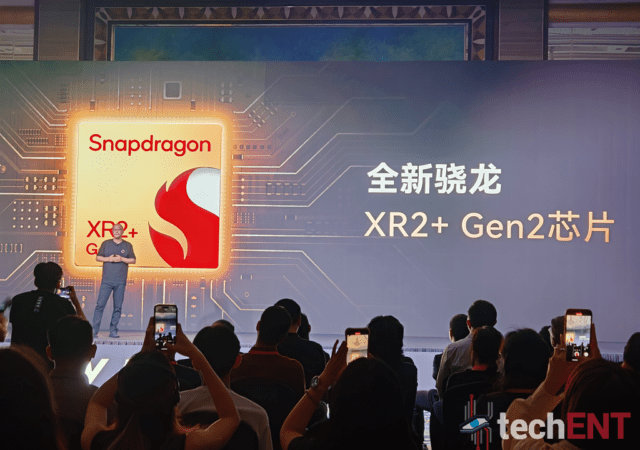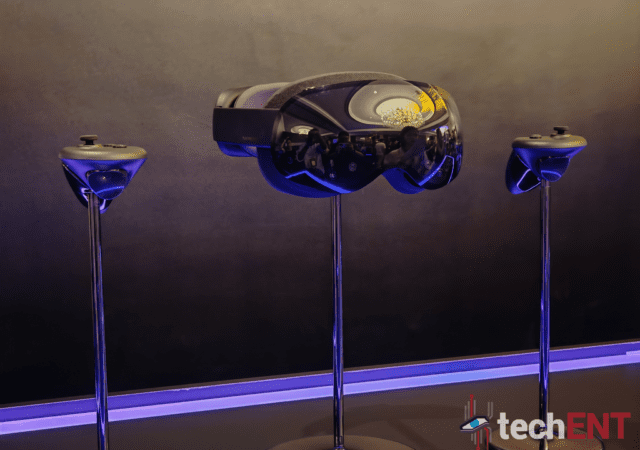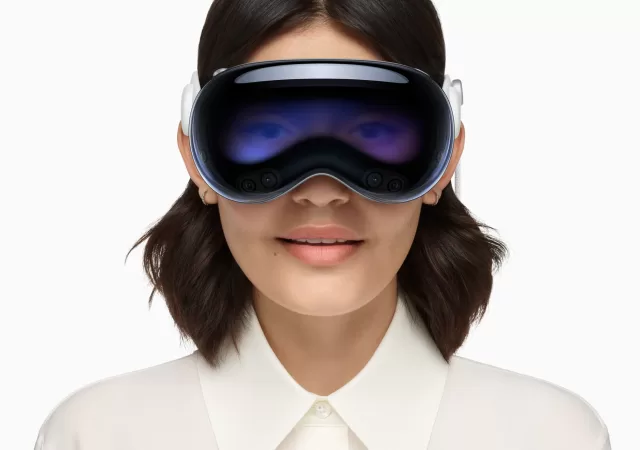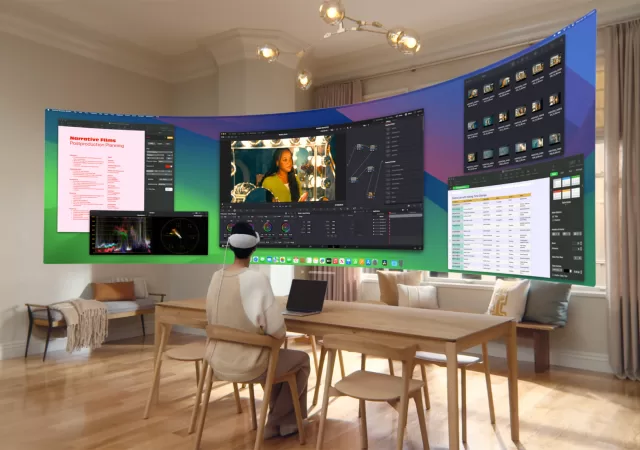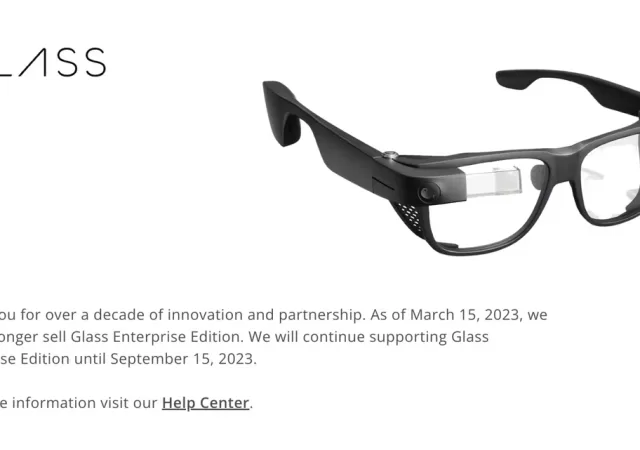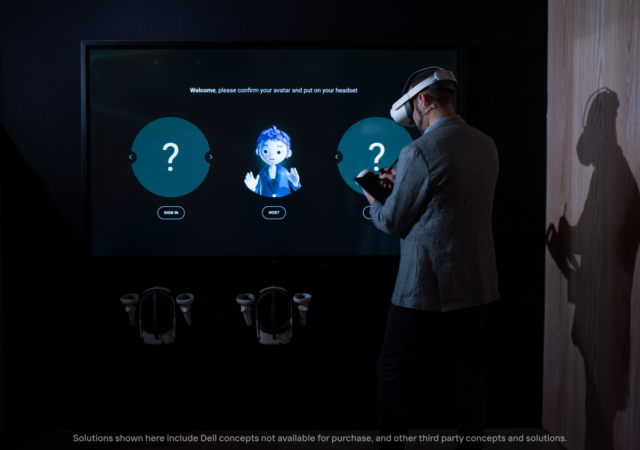Play for Dreams Technologies, a China-based spatial computing innovator, is expanding its operations into Asia Pacific.
Play For Dream MR Takes on Apple’s Vision Pro at a Lower Price Point
Play for Dream Technology, a mixed reality company currently based out of China, is taking Apple’s Vision Pro head-on with its new Play for Dream MR. The new mixed reality headset is not only bringing a lot of the features…
Apple’s Vision Pro Headset Available in New Regions Starting June 28
Apple announces expanded availability for its popular Vision Pro augmented reality headset starting on June 28, 2024.
Apple Vision Pro Getting More Features with VisionOS 2
Apple reinvigorates the Apple Vision with visionOS 2 that brings improvements and new features that build on the headset’s successful launch.
Google Glass Bites the Dust – Support Officially Ending in September 2023, Sales Has Ceased
Google Glass has stopped selling their Glass hardware this week and announced that they will stop supporting the device in September 2023.
Concept Nyx and Explorations for the Future of Connection
Concept Nyx has been one of Dell’s most interesting developments in recent times but it’s only just the beginning.



